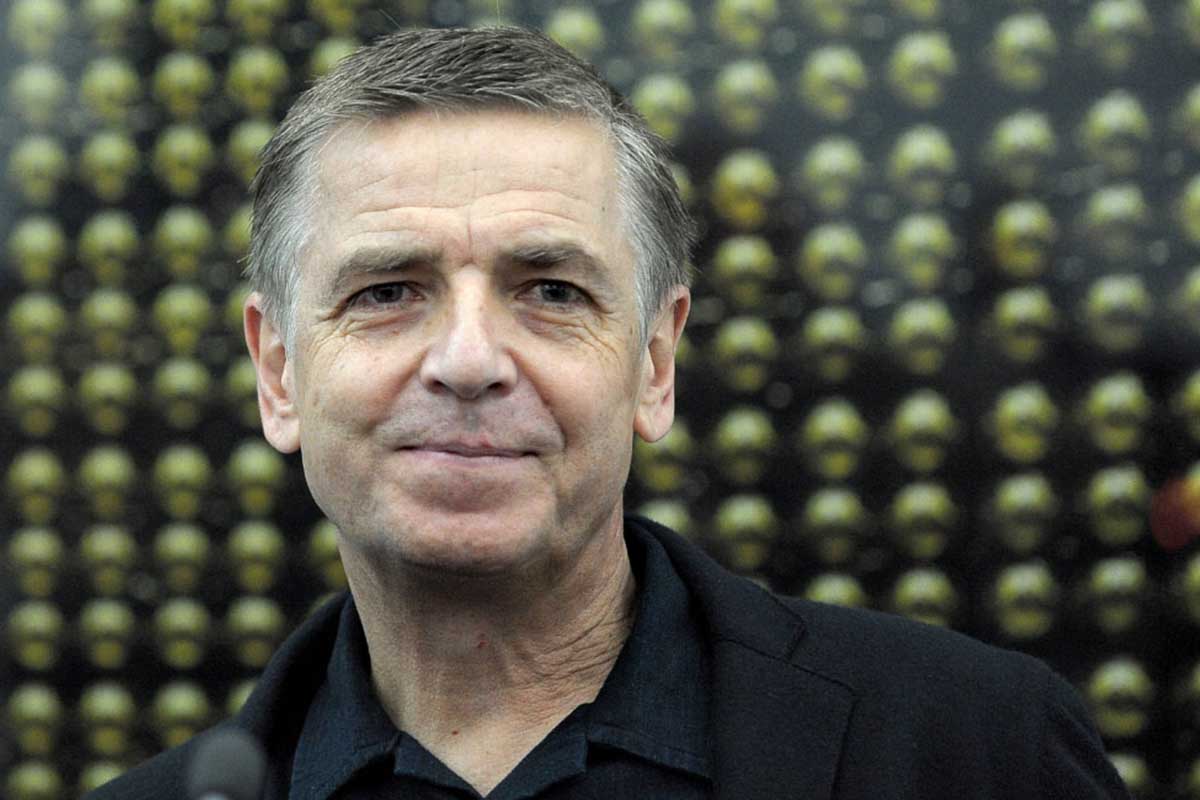One of the most influential artists of contemporary photography: Who is Andreas Gursky?
Andreas Gursky can be described as an extraordinary photographer who creates works in the age of globalization. With his camera, he explores various regions of our globalized world, establishes connections between these regions, and questions the role given to the individual in a world of economic-cultural integration.

Rather than decorative abstractions, the artist often depicts people en masse, in wild entertainment environments, rock concerts, or sports events, and by doing this, he underlines that globalized production creates not only new industrial products but also new images, forms of representation, and subjective views.
Born in Leipzig in 1955, Gursky grew up in Düsseldorf as the only child of a successful commercial photographer and began to learn the secrets of this profession even before graduating from high school. In the late 1970s, the artist spent two years at the Folkwangschule in Essen, founded by Otto Steinert as the premier training ground for West Germany's professional photographers, both artistic and documentary. While in Essen, Gursky learned the finesse of plain observation––a direct perspective, free from the artifice of commercial dealings. In the early 1980s, Gursky studied at the famous Staatliche Kunstakademie in Düsseldorf, which became the powerhouse of Germany's post-war avant-garde art, thanks to the influence of its well-known professors such as artists Joseph Beuys, Sigmar Polke, and Gerhard Richter. Gursky's art flourished here under the strict supervision of Hilla and Bernd Becher, whose classificatory photographs of abandoned industrial buildings, machinery, and spaces are considered important expressions of Conceptual and Minimal art.
Andreas Gursky (born 15 January 1955) is a German photographer and professor at the Kunstakademie Düsseldorf, Germany. He is known for his large format architecture and landscape colour photographs, often using a high point of view. His works reach some of the highest prices in the art market among living photographers. His photograph Rhein II was sold for $4,338,500 on 8 November 2011.
Those who are slightly interested in the art of photography know Henry Cartier Bresson (HCB) and his definition of the absolute moment in his famous article The Moment of Decision. Accordingly, to capture the most orderly and geometrically perfect photograph, the photographer must always seek the moment when that form and meaning are at their peak. According to HCB, if a photograph is taken in the absolute moment, meaning and forms come together decisively in that photograph.
The classical understanding of the decision moment, which I have tried to briefly summarize, has been one of the most important principles in 20th-century photography and still maintains its validity. But Gursky takes photographs in which the moment of decision loses its validity through digital manipulation. Maybe he's fictionalizing it. His photographs are created by combining many elements photographed one by one with large format cameras, creating a different image.
So Gursky's photographs consist of many layers. When we look at the photographs from a distance, we see macro structures. When we look closely, we see another microstructure whose colors have been manipulated with digital manipulation and often with ornamental designs. The very large sizes of the photographs are also there to serve this purpose. In some of its photographs, it offer you the opportunity to see the images of thousands of people in a single photograph.
In other words, Gursky captures the reality in his photographs and reconstructs it in a multi-layered way, presenting us with a seemingly attainable dream photograph composed of real images.
